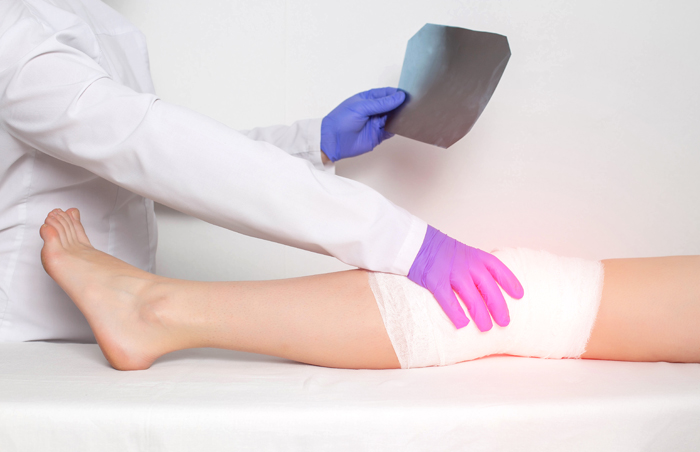All About Tendon and Ligament Repair
Damages to tendons and ligaments that push our joints to move can lead to immense pain. Sometimes you may need surgery to treat these connective tissues.
To put it simply, tendons connect muscles to bones while ligaments attach one bone to another. Both are extremely crucial for our body movements. Therefore, if there are injuries to them, you have to choose the right methods of treatment.

What does tendon and ligament repair involve?
Basically, these involve surgeries that are performed to treat the torn or damaged tissues.
Signs of a tendon injury:
- Trauma from a fall
- Tendinitis (inflammation or irritation of tendons)
- Subluxation (partial dislocation of a joint)
- Inflamed bursa (bursa sacs present all over the body contain fluids that act as lubricants for tissues)
- Bruises on tendons
Signs of ligament injury:
- Mild sprains
- Moderate sprains
- Severe sprains
- Bruises on a ligament
Why do we need tendon and ligament repairs?
Injuries to tendons and ligaments occur as a result of the following factors:
- Overuse of tendons and ligaments while playing sports or doing excessive exercise
- Twisting of tendons and ligaments into awkward positions
- Extreme weakness in the surrounding muscles resulting from a sedentary lifestyle
- A sudden impact on the joints
- Abrupt movements of the joint
- Laceration or cuts made through the skin and tendon
- Contact sports injuries from football, wrestling, rugby, etc.
When Should You Consult a Doctor?
One must consult a doctor in case of sports injuries like a strain on muscles or tendons that can cause prolonged pain, as it is likely to result in anterior and meniscus cruciate ligament tears. Common symptoms include pain and swelling. Stretched or twisted ligaments in areas like the knees, ankles, and wrists also need medical treatment.
You can request an appointment at Apollo Spectra Hospitals, Koramangala, Bangalore.
Call 1860 500 2244 to book an appointment.
How is tendon and ligament repair performed?
Anesthesia: Local, regional or general anesthesia is administered to a patient depending on the severity of the injury.
Actual treatment: Once anesthesia starts kicking in, the doctor will:
- Make one or multiple small incisions into the skin over the damaged tendon or ligament
- Sew the torn tendon or ligament ends together
- Inspect the surrounding tissues to verify that there are no injuries to the blood vessels or nerves
- Close the incision
- Cover the affected area with sterile bandages and dressings
- Immobilize the joint to allow tendon and ligament to heal
Complete recovery would take up to three to six months. There could be a bit of swelling and stiffness.
The RICE method: In instances of minor strains, sprains and inflammation, doctors would recommend the RICE (Rest, Ice, Compression and Elevation) method, which can be followed at home. This involves:
- Resting of the injured area to avoid carrying weight.
- Putting or rubbing ice on the injury to curb swelling and pain.
- Compressing the injury with the help of a compression garment to reduce swelling while ensuring healing.
- Elevating the injured body part up to the level of your heart to alleviate pain and reduce swelling.
What are the major complications?
Here are some points:
- Nerve damage
- Bowstringing (a rare tendon condition)
- Persistent triggering or instances where the sheath is not released completely
Conclusion
Do not neglect tendon or ligament injury. Timely intervention is necessary
Formation of scar tissues, re-tearing of tendons and stiffness are some adverse effects associated with tendon and ligament repairs.
As the repair surgeries involve anesthesia, they are less painful.
Untreated tendon and ligament injuries can lead to chronic pain and secondary injuries.
Our Top Specialities
NOTICE BOARD
CONTACT US
CONTACT US
 Book Appointment
Book Appointment


.svg)
.svg)
.svg)
.svg)








